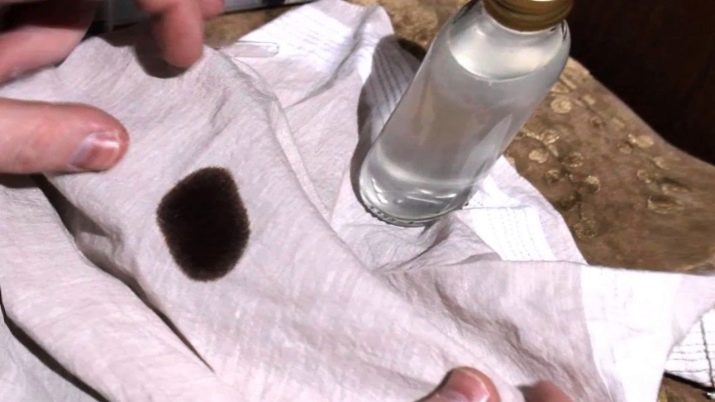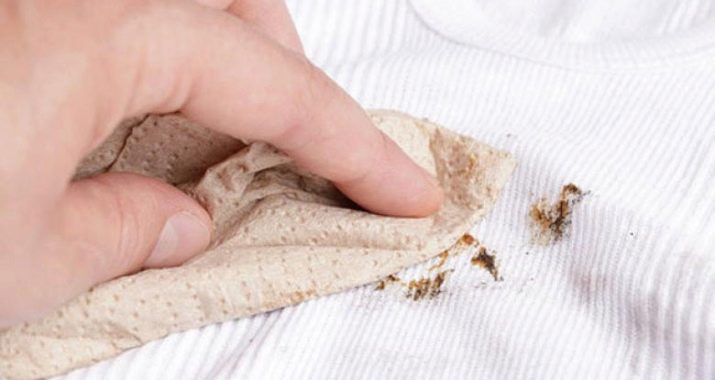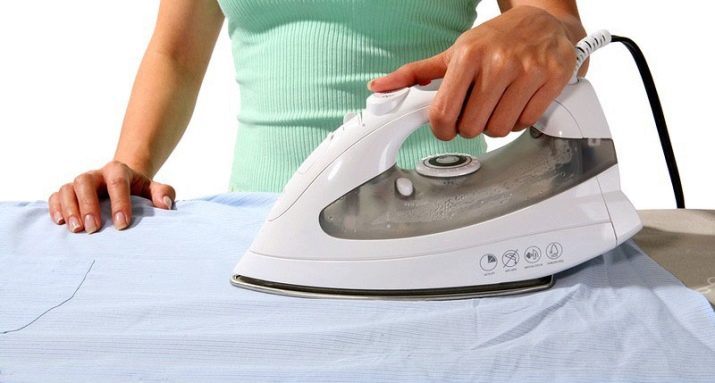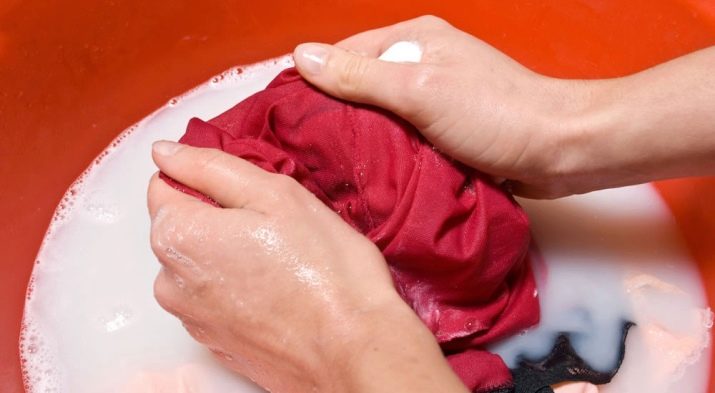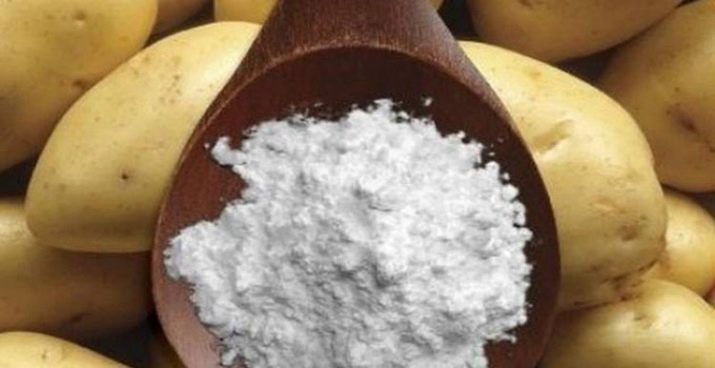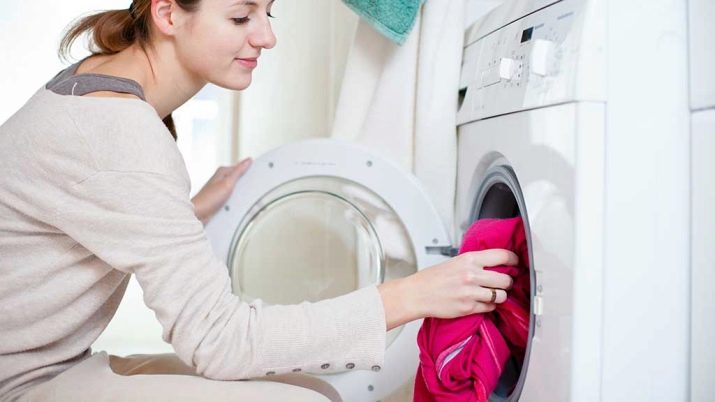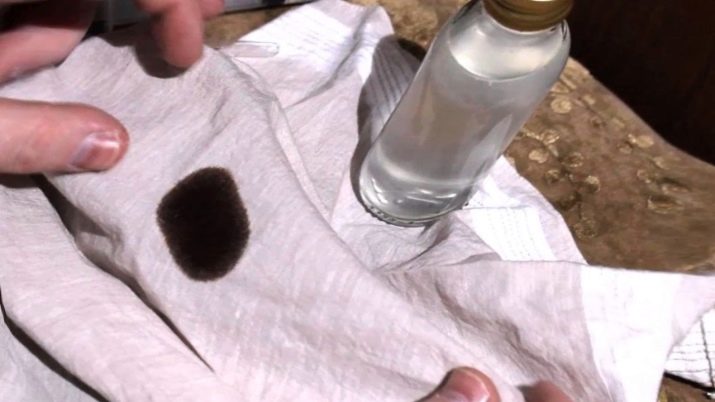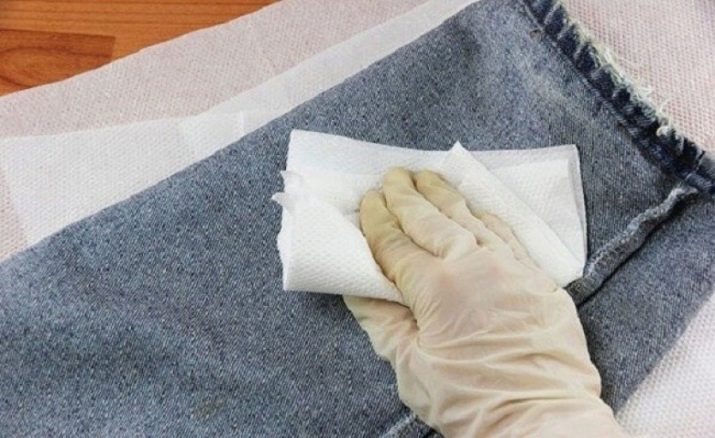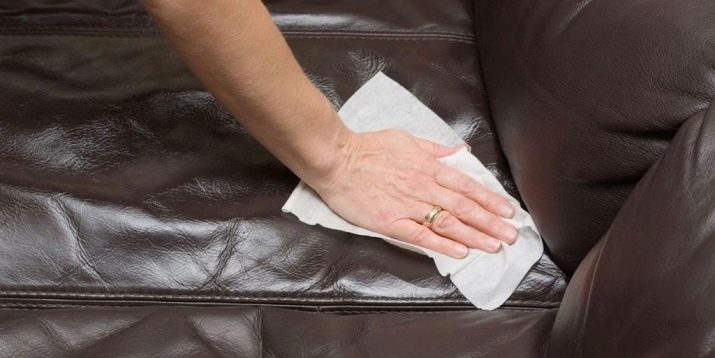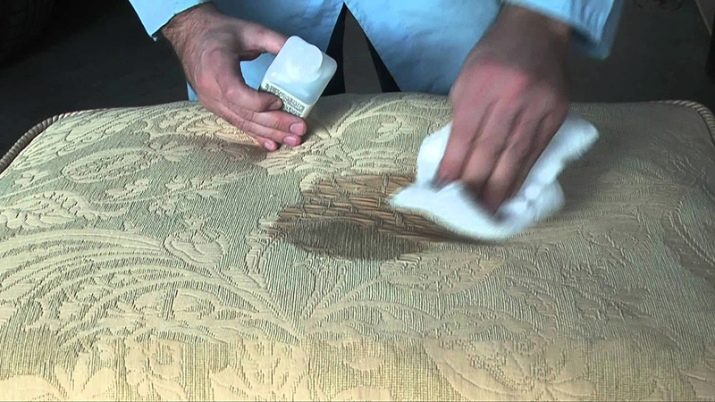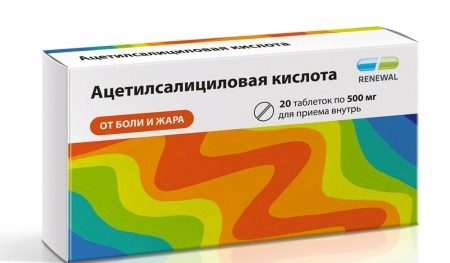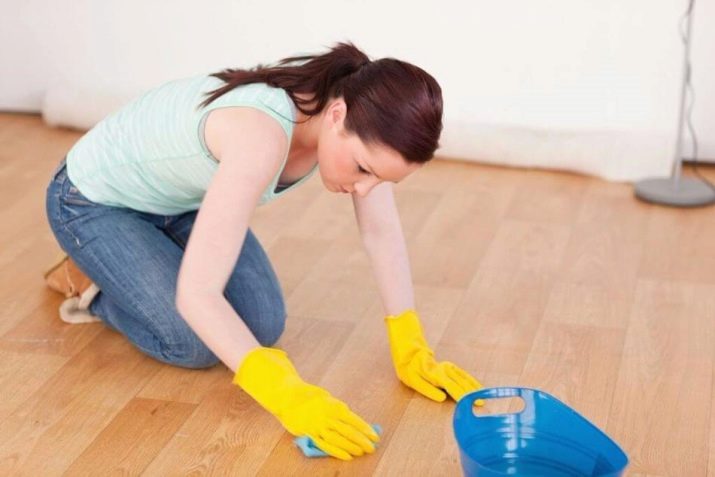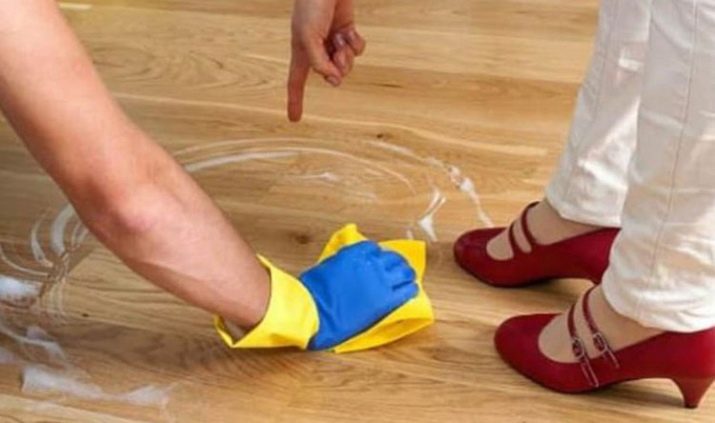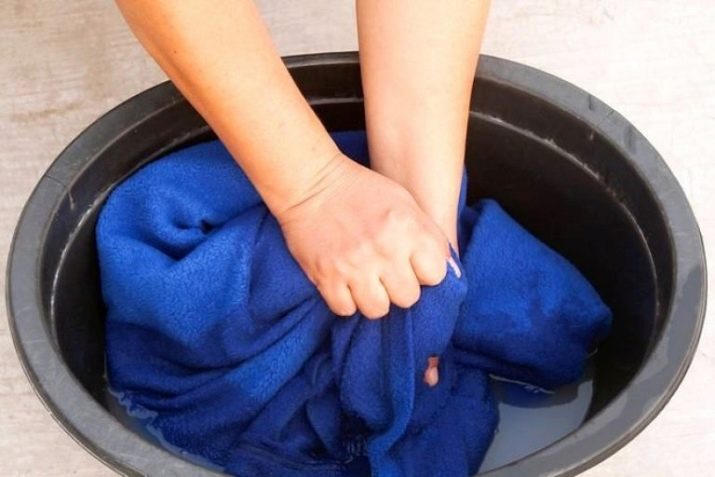How to wash iodine?
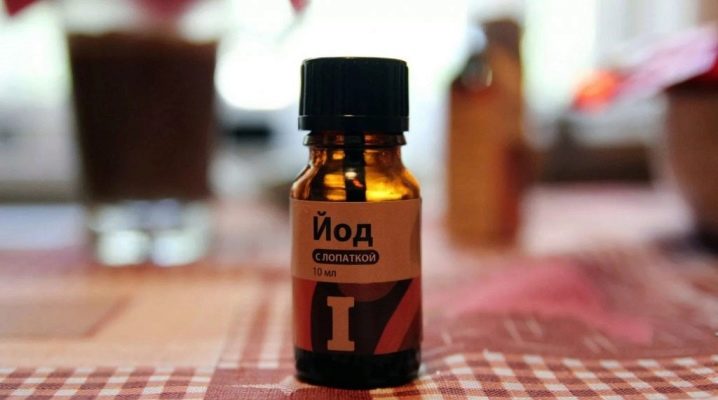
Iodine is an indispensable antiseptic when making cuts and abrasions. But often there are situations when, opening a bottle of iodine, it is shed or sprinkled on clothes, floor and furniture. The material absorbs iodine instantly, and a small dot becomes a noticeable spot. To wipe off such pollution is not an easy task, but it can be done with properly selected means and method.
Features
Wash things with stains from iodine at home is quite real. The main thing is to strictly observe all the recommendations and not to forget about the precautionary measures, especially when using chemicals, such as stain removers.
In some dry cleaners, they do not even take clothes that are soiled with iodine, explaining that it is impossible to remove this antiseptic from the material. In fact, this is not the case, and iodine can be removed from the tissue.
After iodine gets on the thing, you need to urgently carefully remove excess funds from the surface of the product with a paper towel or napkin. This is necessary so that the substance remaining on the surface is not absorbed into the material. It is important not to smudge iodine and not rub it into the material. Such measures promote the minimum absorption of the spilled solution.
How to remove a fresh spot?
There are several methods for removing fresh iodine stains.
In order to remove the fresh stain from the fabric, it is necessary to place the soiled product under direct sunlight. Under the influence of ultraviolet iodine burns out. This method is not suitable for old stains.
Another easy way to remove fresh contamination - use hot iron. A clean cotton cloth is placed on the top and bottom of the stained garment. Then iron the spot of contamination for at least 15 minutes. After this thing must be washed.
Fresh iodine stains may be removed. with ordinary milk room temperature. In a container of milk immersed soiled area of the product for half an hour. After the specified time, the item is rinsed in clean water. If there are yellow traces on the material, they can be wiped off with soap with an acid content of at least 72%. For white fabrics using soap with the effect of bleaching.
What can be washed?
Wash stains from iodine is possible as with the use of chemicals and folk methods. Fixed assets that will be useful in the fight against pollution:
- laundry soap;
- dishwashing liquid;
- milk;
- potatoes;
- starch;
- hydrogen peroxide;
- medical alcohol or vodka;
- ammonia;
- acetone;
- baking soda;
- vinegar;
- cotton pads, sponges;
- stain removers.
With clothes
To remove stains from clothing, there are a number of ways. Let us examine each of them in more detail.
- Milk. Initially, it is recommended to warm whole milk. Then a plastic wrap is placed under the contaminated item, and the warmed milk is plentifully poured onto the stain. Leave for 40-50 minutes and then washed by hand in cool water. If iodine got on white cotton fabric, for example, bed linen, then cold milk is used in this case.
- Glycerol. The clothes are placed in a washing machine. If the trail from an antiseptic on cotton or linen fabric, then the temperature regime is set at 60 degrees. After the end of the wash, it is necessary to start processing the wet cloth with a mixture of water, glycerin and chalk. The resulting composition rubbed clothes, then covered with plastic wrap and leave for 4-5 hours. During this time, the mixture is absorbed into the material, and only the rinse remains. After this procedure, clothes should be dried in fresh air.
- Acetone. One of the popular methods is the use of acetone.To do this, a cotton pad is moistened in the product, a patch is treated with it and left for 30 minutes. After half an hour you need to get wet the place of pollution with a napkin. This method cannot be used for delicate fabrics.
- Turpentine. Qualitatively remove the stain can be a composition of starch, turpentine and ammonia. To do this, mix the components and distribute them evenly over the contaminated area pre-moistened with warm water. Next, apply a plastic wrap to clothes, and leave the product for an hour. After the specified time, the remnants of the composition is removed with a napkin, and rub off the stain from iodine with a sponge.
- Stain remover. The use of stain removers is considered to be the easiest and most common option for getting rid of traces of an antiseptic. They help get rid of fresh and old stains. It is necessary to use such tools in accordance with the application guidelines indicated on the package, taking into account the type of fabric.
As a rule, a small amount of stain remover is added to water, and clothes are soaked in it for a period of time specified in the instructions. Oxygen and chlorinated substances perfectly discolor the antiseptic, but they cannot be used on all fabrics.
- Salve. It is used to eliminate difficult stains. To do this, add 50 ml of liquid ammonia to a liter of water. Put the soiled clothes into the prepared solution, leave for about 2 hours. After this thing is washed in a typewriter with the mandatory addition of air conditioning. This is necessary in order to get rid of the peculiar smell of ammonia.
- Starch. This loose substance is used when it is necessary to wash off iodine from jeans. At the beginning of the procedure it is important to check whether the fabric is fading. A piece of cloth moistened in hot water, and wipe the denim product from the inside. If the paint remains on the fabric, it means that it is not recommended to remove the dirt at home - it is better to contact a dry-cleaner.
If the paint is not shed, then you can safely proceed to the procedure for removing traces. It is necessary to mix the starch with purified water in such a ratio, so that a pasty mixture is obtained. It is applied in a rich layer on the stain and left for 12 hours. Then you need to wash the jeans in the washing machine.
With furniture
To scrub traces of iodine from the furniture, you can use grated potatoes. It is also great to clean the dirt from the table with a possibly liquid dishwashing solution or alcohol. Leather furniture should be cleaned with a professional stain remover or acetone. They are applied to the surface and simply washed off with water.
In a situation where the antiseptic falls on the sofa, you should use a solution of soda and vinegar. You can apply and starch. It is diluted in water to a thick consistency, applied to the stain and left for a quarter of an hour. Then wash off the starch residues with running water.
Mistresses with experience, advising how to get rid of a trace of iodine on upholstered furniture, first of all recommend the cheapest, but a proven agent is hydrogen peroxide. To prevent discoloration of the material that can cause peroxide, you need to protect the area of the fabric around the spot by soaping. In this way, not only the fabric will be protected, but also the outlines of pollution will remain, preventing it from spreading further.
Cotton disk thoroughly moistened with peroxide, then wipe them with iodine. When the disc is absorbed by the antiseptic, the trace is wiped with a dry cloth, after which the procedure is repeated again using a clean cotton pad.
If the substance has managed to soak firmly into the fabric, then it will be almost impossible to remove it with peroxide alone. Therefore, after the above procedure, the remaining contamination is moistened with acetic acid. As a result of a chemical reaction with vinegar, the antiseptic crystallizes and is easily removed by dry cleaning.
Another fairly effective way to remove iodine from furniture is an acetylsalicylic acid tablet.To do this, it is dissolved in half a glass of water. Wet a cotton pad with this solution and carefully rubbed into the surface.
If the antiseptic got on the plastic of a light color, then in this case hydrogen peroxide or nail polish remover will help.
When, When light furniture is stained, you can try the following methods:
- process the coating with a pair of sodium thiosulfate vials (it is sold in each pharmacy), then the contamination is washed with warm soapy water;
- fresh trail is easy to scrub with formic or ethyl alcohol;
- 1 teaspoon of ammonia is mixed with 2 cups of water. This solution is used to process furniture, then it is washed with clean, slightly soapy water.
With linoleum
One of the proven and reliable methods for removing traces of iodine from the floor is the use of baking soda. Wipe the linoleum or parquet with a damp cloth, then sprinkle it abundantly with soda and cover the contaminated surface with a cloth moistened with water. It is advisable to leave this composition on the flooring for 10-12 hours (best for the night), and then simply wash the area with a cleaning solution. If the trace is not lost, it is recommended to repeat the procedure again.
Also not bad remove traces of antiseptic cleaning products for plates and plumbing. They consist of alkali, soda and abrasives. They are sprinkled with pre-moistened floor covering and left for a few minutes. After that, wipe the floor with a damp cloth. The stain will disappear or become much brighter.
Not less effective way is considered stain removal with vodka or other alcohol-containing agent. It is important that the liquid is clear and colorless. The selected liquid is dripped onto a cotton pad, and they begin to rub off dirt on the floor. It is necessary to rub until the trace disappears completely.
If iodine gets on parquet and linoleum, you can safely use various solvents and dishwashing liquid. If iodine is spilled on an old parquet that does not have a protective layer, then only substances containing chlorine or hyposulfite can help.
Tips and tricks
Before washing or scouring iodine stains from clothes or other products, it is important to learn the basic tips and recommendations:
- To begin with, a test is carried out to evaluate the response of a material to a particular substance. You need to choose an inconspicuous area of fabric, process it with a tool, wait some time, wash off and evaluate the result. If the fabric has not changed in any way, feel free to start cleaning;
- wash clothes only from the inside;
- Do not forget that hard colored abrasives and bleach should not be used on colored, delicate and synthetic products. If you ignore this advice, you can spoil your favorite thing. The same recommendation applies to jeans, which often sheds in warm water;
- During the procedure, iodine may disperse throughout the entire tissue site. To prevent this, you need to start the cleaning process from the edge, smoothly moving to the center. The stain is treated with soft movements, without application of force, without rubbing pollution;
- if the antiseptic spilled on the thing just now, you should gently soak it with dry towels or other paper. After that, immediately choose the appropriate method, without waiting for the complete absorption of iodine;
- after removing stains from clothes, wash the product in a washing machine with the addition of a fabric softener. Dry the cleaned thing in the fresh air.
How to wash iodine - the next video.
